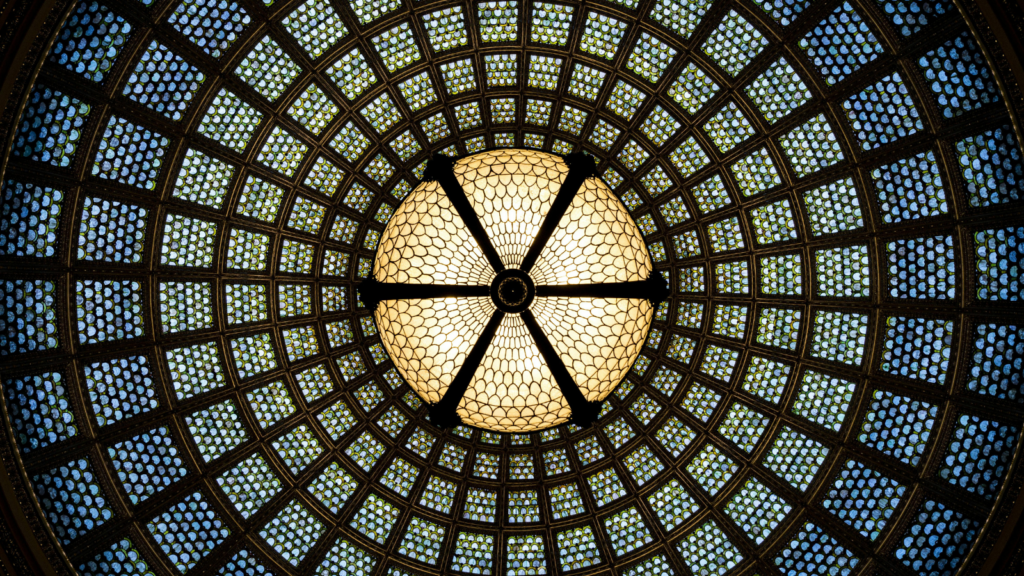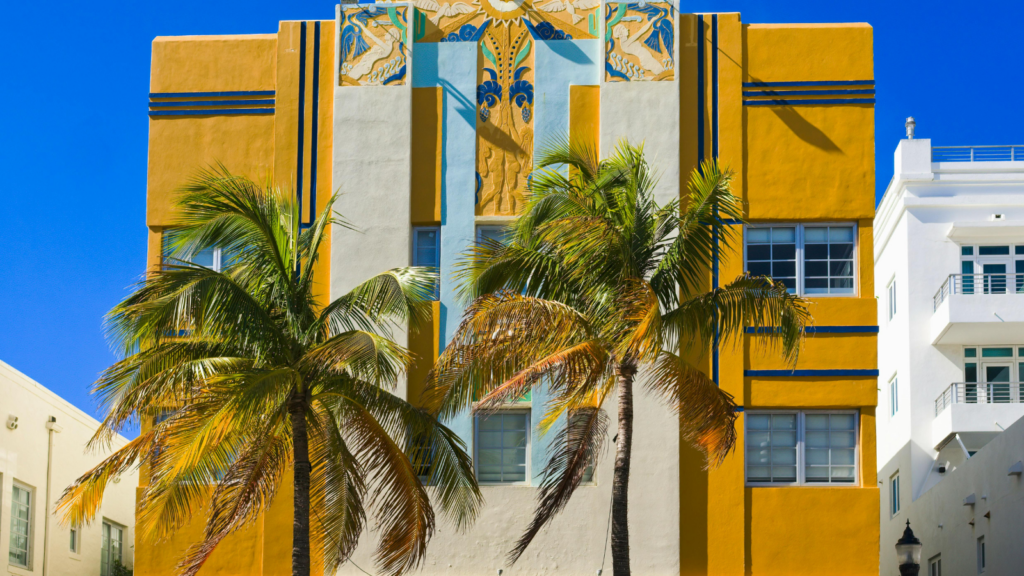Dive into the captivating world of neo art deco, a modern twist on a classic design style. This dynamic aesthetic, a fresh take on the glitz and glamour of the 1920s and 1930s, is making a significant comeback in today’s design world.
Stay tuned as we delve deeper into the intricacies of neo art deco, exploring its roots, its modern interpretation, and its impact on contemporary design. Let’s unravel the charm of this design movement that’s stylishly bridging the gap between past and present.
Neo Art Deco

Answering the call of minimalist design enthusiasts, neo art deco emerges as a breath of elegance and sophistication. It’s a design style that rejuvenates the opulence of the 1920s and 30s, injecting it into modern architecture and ornamental art. This charm lies in its unique approach of merging bold geometric shapes, indulging in rich colors, and shining in luxurious materials. Backed by historical allusions, yet propelled by innovative accents, neo art deco captivates contemporary aesthetics, signifying a splendid evolution in design trends.
Influences of Neo Art Deco in Modern Design
Neo Art Deco significantly impacts contemporary design, consistently incorporating attributes distinct to this style. Bold geometrical shapes form a central focus, triggering strong visual impact. Examples include angular triangles, dramatic circles, and powerful rectangles. Emphasized colors embody a central feature. There’s an increased use of rich, opulent shades like royal blues, deep purples, and molten golds found in modern design interiors.
Luxurious material use, another Neo Art Deco attribute, redefines modern designs. Typical choices involve marble, brass, and velvet, symbolizing class and novelty. Icons, such as plush velvet sofas, gold brass tables, or carved marble sculptures, reflect this trend. Historical labor-intensive craftsmanship, coupled with modern technology, has revived the fascination for ornate detailing seen in neo art deco pieces.
Neo Art Deco and Technology

Technological innovation played a central role in neo art deco design evolution. Design software armed artists with tools to infuse striking geometric patterns, synonymous with neo art deco style, into multiple aspects of design. Notably, 3D printing allows the reproduction of lavish materials like marble and brass, which are characteristic of this extravagant style. Additionally, advancements in LED lighting technology enable creators to play with an expanded palette of opulent colors, thereby enhancing the appeal of their neo art deco creations.
For instance, digital graphic design augments the neo art deco design process, providing symmetry in detailed patterns. Furthermore, complex shapes and patterns, which would have been difficult to implement manually, are achieved effortlessly with mathematically precise computer-generated designs.
In architecture, neo art deco benefits from new building materials and technologies. Prefabrication processes and modern architectural software translate neo art deco’s sophisticated designs into tangible structures with ease. It’s clear, technology facilitates the realization of the intricate motifs, and strong lines that define neo art deco’s complex nature, paving the way for its ubiquitous presence in contemporary design.
Notable Neo Art Deco Artists and Designers

Some artists and designers have left a definitive mark on the neo art deco landscape, masterfully integrating modern technologies with the traditional elegance of the 1920s and 1930s era. Their works echo the geometric patterns, luxurious materials, and opulent colors typical of neo art deco. Uncompromisingly embracing the digital age, these individuals exploit tools like 3D printing, LED lighting, and digital graphic design to create dynamic, sophisticated pieces. Central to these designs are strong lines and intricate motifs, hallmarks of the neo art deco aesthetic.
The Resurgence of Neo Art Deco
Neo art deco’s resurgence is a testament to the timeless allure of the 1920s and 1930s design. It’s a style that’s found its way back into the spotlight, thanks to its bold geometrical shapes, rich colors, and luxurious materials. Today’s artists and designers are breathing new life into this classic aesthetic, harnessing modern technologies to reinterpret the traditional elegance of the era. Whether it’s through 3D printing, LED lighting, or digital graphic design, the new wave of neo art deco is here to stay. It’s more than just a trend; it’s a tribute to historical craftsmanship, a celebration of opulence, and a nod to an era marked by its ornate and complex designs.
